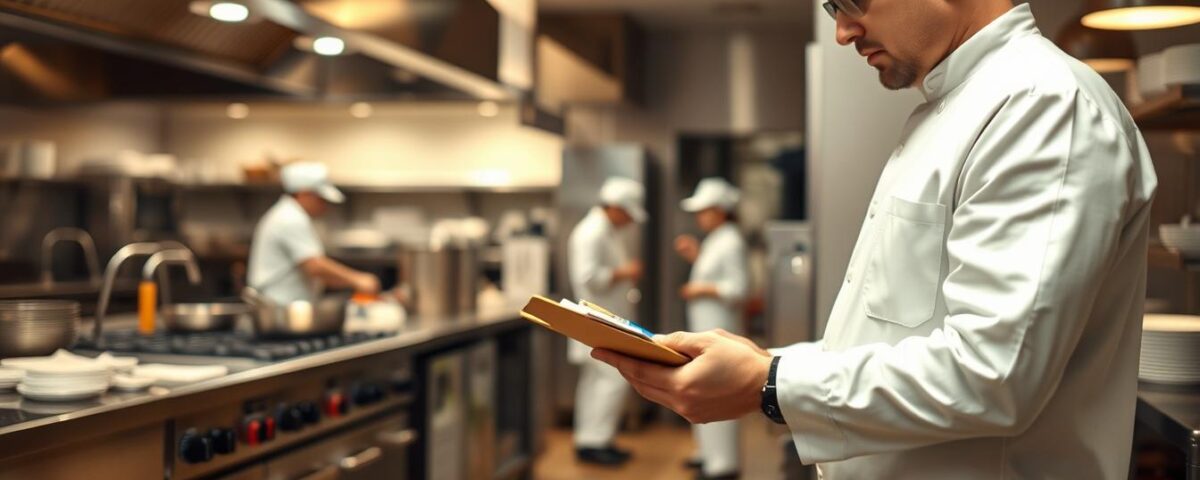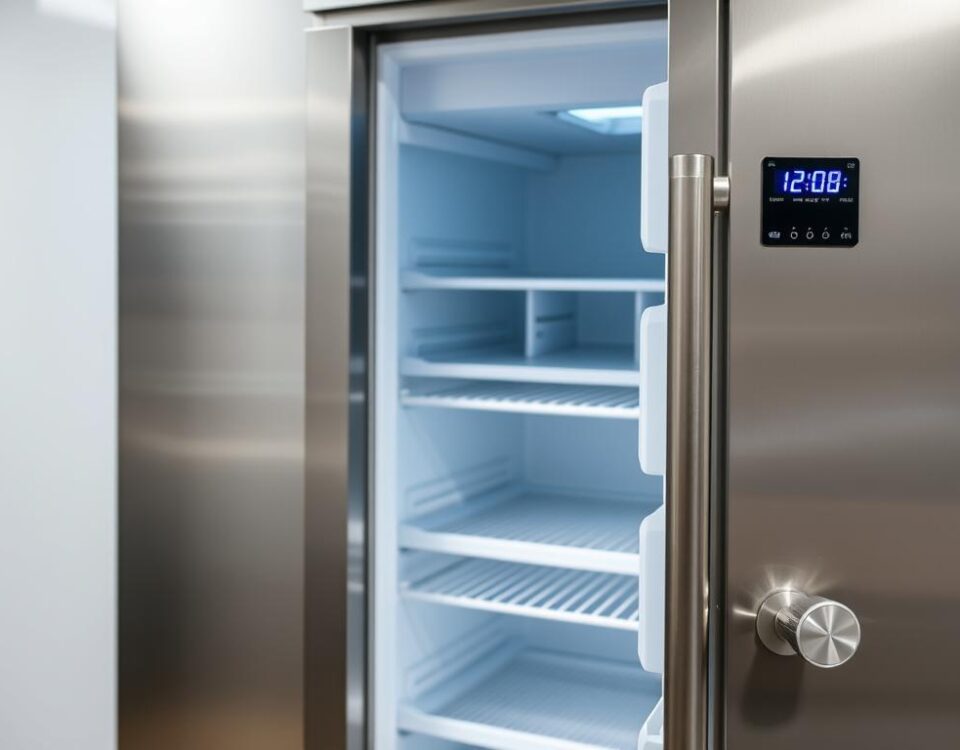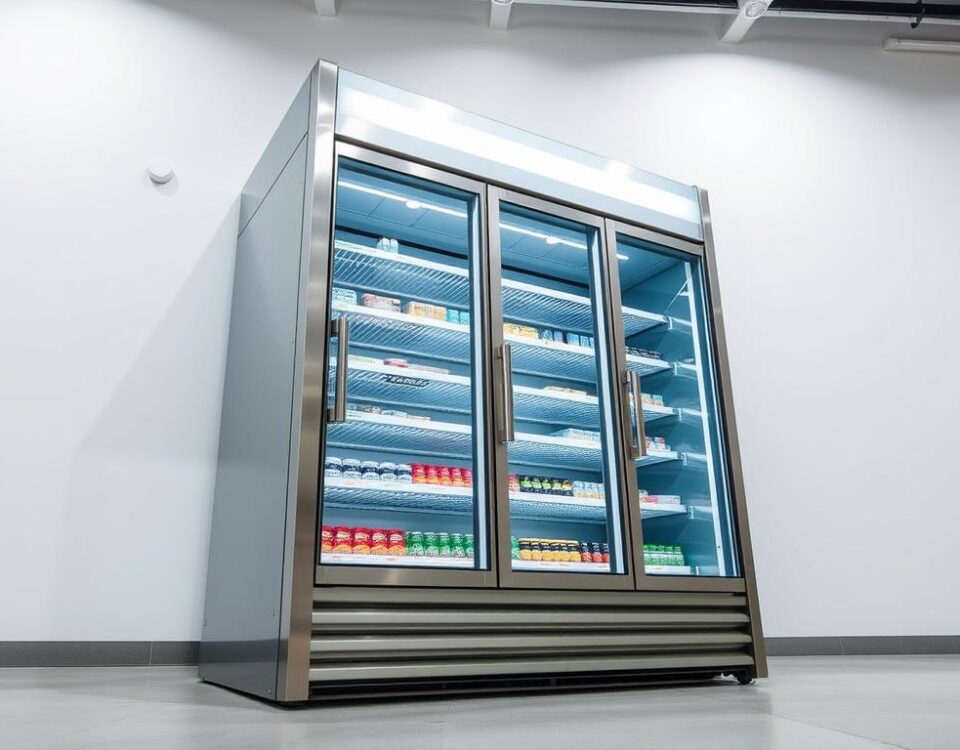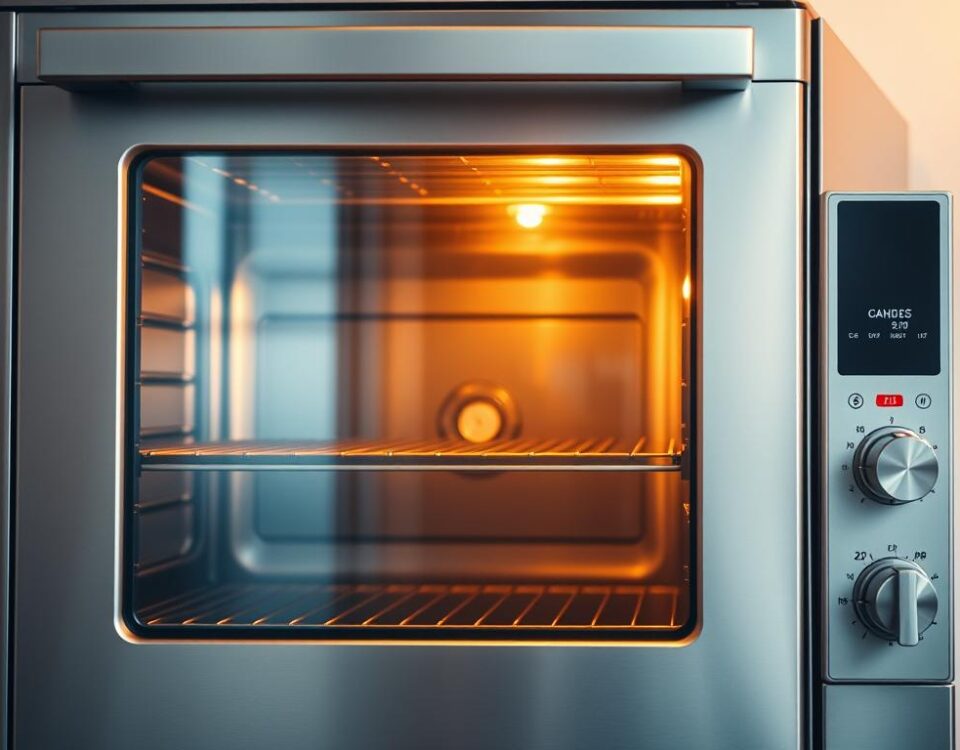
6 Proven Tips to Reduce Food Waste Without Hurting Quality
July 27, 2025
Top ADA Mistakes Restaurants Make—And How to Avoid Penalties
July 27, 2025As a restaurant owner, I’ve experienced the stress and uncertainty that comes with a health code inspection. One failed inspection can lead to fines, closure, and a damaged reputation. Did you know that according to the National Restaurant Association, the average cost of a foodborne illness outbreak can be as high as $2.6 million?
To avoid such consequences, it’s crucial to understand what health inspectors are looking for and how to address their concerns effectively. By implementing a few simple strategies, you can ensure your restaurant passes every health inspection with flying colors on the first try.
So, what’s the secret to acing these inspections and keeping your restaurant running smoothly?
Key Takeaways
- Understand the priorities of health inspectors and how to address them effectively.
- Create a culture of continuous compliance to avoid last-minute preparation.
- Implement actionable strategies to maintain perfect scores year after year.
- Protect your customers and business reputation by prioritizing food safety.
- Learn from the experiences of successful restaurant owners who have aced their inspections.
Why Health Code Inspections Matter
Maintaining a high standard of health and safety in your restaurant is directly tied to the outcome of health code inspections. As a restaurant owner, it’s essential to understand that health inspections are not just a formality, but a critical component of ensuring the well-being of your customers and staff.
The Impact of Passing or Failing Inspections
Passing a health inspection with flying colors can significantly boost customer confidence and even increase revenue. On the other hand, failing an inspection can lead to costly fines, temporary closures, and devastating damage to your reputation. I’ve seen firsthand how the outcome of a health inspection can make or break a restaurant’s business.
Understanding the Health Inspection Process
The health inspection process typically involves an unannounced visit from a health inspector who examines your entire facility, from food storage areas to employee hygiene practices. Most health departments use either a letter-grade system or a points-based system to evaluate restaurant health and safety compliance. Understanding your local health code and the specific requirements in your jurisdiction is crucial to passing inspections successfully.
By familiarizing yourself with the health inspection process and understanding the impact of passing or failing inspections, you can take proactive steps to ensure your restaurant meets the required standards. This not only protects public health but also safeguards your business reputation.
Essential Health Code Inspection Tips for Success
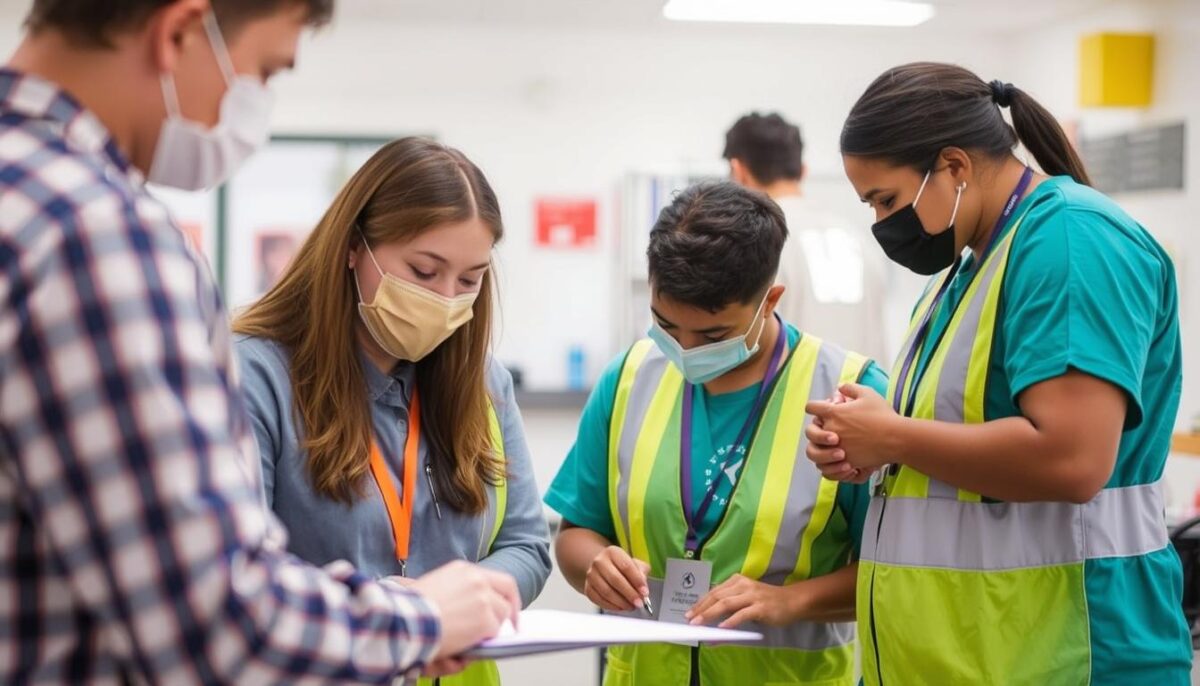
Ensuring your restaurant passes the health code inspection on the first try demands meticulous planning. As a restaurant owner, you must be aware of the critical areas that health inspectors focus on during an inspection.
Implementing a HACCP Plan
A comprehensive HACCP (Hazard Analysis and Critical Control Points) plan is crucial for preventing health code violations and ensuring food safety. Your HACCP plan should identify critical control points in your food preparation process where contamination risks are highest and establish monitoring procedures for each point.
For instance, documenting all HACCP monitoring activities, such as temperature logs and cleaning schedules, is essential as health inspectors appreciate thorough record-keeping.
Familiarizing Yourself with Local Health Codes
Staying current with local health codes is essential, as regulations can change. I recommend subscribing to updates from your health department and attending any available workshops they offer. This will help you stay informed about any new regulations or requirements.
Conducting Regular Self-Inspections
Conducting regular self-inspections using the same criteria as official inspections helps identify and address potential violations before they become problems during an actual inspection. Create a rotating schedule of self-inspections that covers different areas of your restaurant each day, ensuring comprehensive coverage over the course of a week.
Some key tips to keep in mind:
- I’ve found that implementing a comprehensive HACCP plan is one of the most effective ways to prevent health code violations and ensure food safety.
- Training all staff members on health code requirements creates a culture of compliance where everyone takes responsibility for maintaining standards.
- Consider hiring a third-party food safety consultant annually to provide an objective assessment of your restaurant’s compliance with health codes.
- Building a relationship with your local health inspector can be invaluable—don’t hesitate to ask questions about specific requirements or areas where restaurants commonly fail inspections.
By following these tips and maintaining a commitment to food safety excellence, you can ensure your restaurant is well-prepared for a health code inspection.
Critical Areas Health Inspectors Focus On
During a health inspection, inspectors concentrate on several vital aspects that determine a restaurant’s adherence to health standards. As a restaurant owner, understanding these critical areas is essential to ensure a successful inspection.
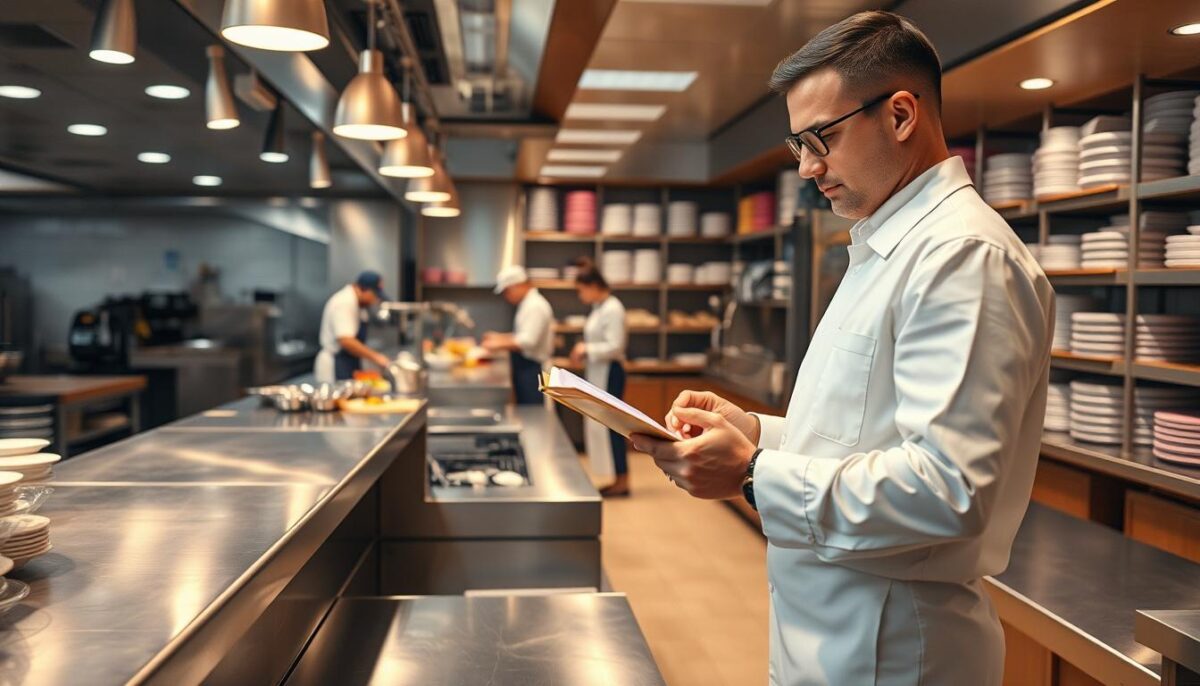
Food Storage and Temperature Control
One of the primary concerns for health inspectors is food storage and temperature control. I make sure that cold foods are stored below 41°F and hot foods above 135°F to prevent bacterial growth. Proper food storage practices, such as using the FIFO method and keeping food at least 6 inches off the floor, are also crucial. Storing raw meats below ready-to-eat foods is a must to prevent cross-contamination.
Employee Hygiene and Handwashing Protocols
Employee hygiene is another critical area inspectors scrutinize. I require my staff to wash their hands for at least 20 seconds with soap and warm water, especially after handling raw foods or using the restroom. Dedicated handwashing stations must be properly equipped with soap, paper towels, and trash receptacles. Proper hand hygiene is key to preventing the spread of illnesses.
Kitchen Cleanliness and Sanitation
Maintaining kitchen cleanliness involves more than just wiping down surfaces. I implement a comprehensive cleaning schedule that includes sanitizing food-contact surfaces, cleaning equipment after each use, and maintaining proper chemical concentrations in sanitizing solutions. A clean kitchen is essential for a successful health inspection.
Pest Control and Facility Maintenance
Pest control and facility maintenance are also vital areas inspectors focus on. I recommend a multi-faceted approach that includes regular professional inspections, sealing entry points, and proper waste management. Facility maintenance issues, such as leaking plumbing or damaged flooring, should be addressed promptly to prevent serious health code violations.
By focusing on these critical areas, I can ensure that my restaurant is well-prepared for a health inspection and maintains a safe environment for customers and staff. Regular monitoring and maintenance of these areas will help prevent most serious health code violations.
- Maintaining proper food storage and temperature control is crucial.
- Employee hygiene and handwashing protocols are essential for preventing the spread of illnesses.
- A comprehensive cleaning schedule helps maintain kitchen cleanliness and sanitation.
- Pest control and facility maintenance are vital for a successful health inspection.
Step-by-Step Preparation Checklist
To ensure a successful health inspection, it’s crucial to have a comprehensive preparation checklist in place. This checklist should cover daily tasks, weekly maintenance procedures, and staff training to maintain compliance with health codes.
Daily Preparation Tasks
Daily preparation is vital to maintaining a clean and compliant kitchen. I recommend starting each shift with temperature checks of all refrigeration units and hot-holding equipment, documenting readings on a temperature log that health inspectors can review. Make sure all employees wash hands properly upon arrival and implement a daily cleaning schedule that addresses high-touch surfaces, food preparation areas, and equipment.
Conducting a daily walk-through of your storage areas is also essential to ensure food items are properly labeled with dates, stored at least 6 inches off the floor, and arranged according to the FIFO (First In, First Out) method.
- Check refrigeration temperatures
- Verify hot-holding equipment temperatures
- Ensure proper handwashing procedures
- Conduct daily cleaning schedules
- Inspect storage areas for compliance
Weekly Maintenance Procedures
Weekly maintenance procedures are critical to preventing health code violations. I suggest deep cleaning of hard-to-reach areas like behind equipment, under shelving units, and inside hood vents where grease and food particles accumulate.
Schedule weekly inspections of your facility for signs of pest activity, plumbing issues, or structural damage that could lead to health code violations during inspections. Calibrating thermometers weekly is also crucial to ensure accurate temperature readings.
| Task | Frequency | Responsible |
|---|---|---|
| Deep cleaning of hard-to-reach areas | Weekly | Cleaning Staff |
| Inspecting for pest activity | Weekly | Maintenance Staff |
| Calibrating thermometers | Weekly | Kitchen Staff |
Staff Training and Documentation
Staff training is crucial to maintaining compliance with health codes. I recommend weekly mini-training sessions focusing on different aspects of food safety and health codes to keep knowledge fresh.
Documenting all training activities, cleaning procedures, temperature logs, and maintenance records is essential to demonstrate your commitment to compliance during health inspections. Create a master checklist that employees can use during their shifts to ensure all critical food safety practices are followed consistently.
- Conduct weekly staff training sessions
- Document all training activities
- Maintain accurate temperature logs
- Create a master checklist for employees
What to Do During and After an Inspection
The key to passing a health inspection lies in understanding what to do during and after the inspection process. When a health inspector arrives, verifying their credentials is essential to ensure they are legitimate.
How to Interact with Health Inspectors
Maintaining a professional and cooperative attitude is vital when interacting with health inspectors. I recommend having a manager accompany the inspector throughout the inspection to answer questions and address any issues that can be corrected on the spot. Take detailed notes during the inspection about any violations mentioned, and ask for clarification when needed.
It’s also important not to argue with the inspector or become defensive about violations. Instead, focus on understanding the issue and how to properly address it according to health codes. Avoid offering food or drink to the inspector, as it could be seen as an attempt at bribery.
Addressing Violations and Scheduling Re-inspections
After the inspection, you’ll receive a score or grade. Correct any violations noted in the report as soon as possible. Determine which issues can be handled in-house and which require professional help. For the latter, get estimates and schedule services quickly.
If your restaurant received a low score, you can schedule a re-inspection. Talk to your local health department to find out how soon a re-inspection can take place and decide when to schedule it based on the work needed to become compliant.
| Action | During Inspection | After Inspection |
|---|---|---|
| Verify Credentials | Check inspector’s ID | N/A |
| Address Violations | Correct issues on the spot if possible | Correct remaining violations ASAP |
| Schedule Re-inspection | N/A | Contact local health department |
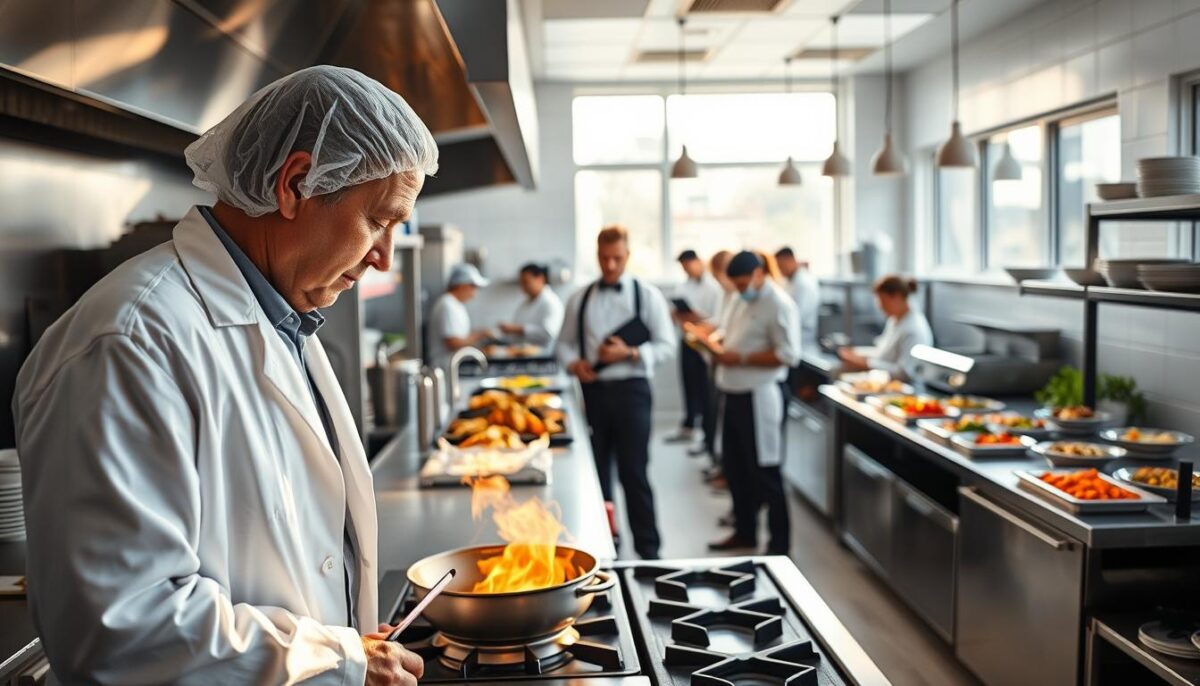
By following these steps and maintaining a proactive approach, you can ensure a successful health inspection and maintain a good health code record.
Conclusion: Creating a Culture of Food Safety Excellence
In my experience, the most successful restaurants prioritize food safety, making it a core part of their identity. To achieve this, it’s crucial that every team member, from owners to dishwashers, is committed to maintaining high standards. By doing so, you not only ensure a smooth health inspection process but also build trust with your customers.
Consistently passing health inspections on the first try demonstrates a commitment to excellence in every aspect of your restaurant. This involves regular staff training, proper food storage, and maintaining a clean facility. By implementing these strategies, you’ll be well-equipped to ace your next health inspection and establish a reputation for impeccable food safety standards.
Prioritizing employee health and wellbeing is also vital, as it directly impacts food safety. By making food safety a part of your company values, you’ll protect both your business and your customers. The peace of mind that comes from knowing you’re ready for an inspection at any time is invaluable.
FAQ
What are the most common violations found during a restaurant inspection?
The most common violations include improper food storage, inadequate temperature control, poor employee hygiene, and insufficient cleaning and sanitation practices.
How can I ensure my restaurant is compliant with local health regulations?
To ensure compliance, I familiarize myself with local health codes, implement a HACCP plan, and conduct regular self-inspections to identify areas for improvement.
What should I do if I receive a violation during an inspection?
If I receive a violation, I address the issue promptly, implement corrective actions, and schedule a re-inspection to verify compliance.
How often should I conduct self-inspections to ensure food safety?
I conduct self-inspections regularly, ideally daily and weekly, to ensure food safety and identify potential issues before they become major problems.
What is the role of employee training in maintaining food safety?
Employee training is crucial in maintaining food safety as it ensures that staff understand and follow proper food handling, hygiene, and sanitation practices.
How can I maintain a clean and sanitized kitchen environment?
To maintain a clean and sanitized kitchen, I implement a regular cleaning schedule, ensure proper sanitation practices, and monitor pest control measures.
